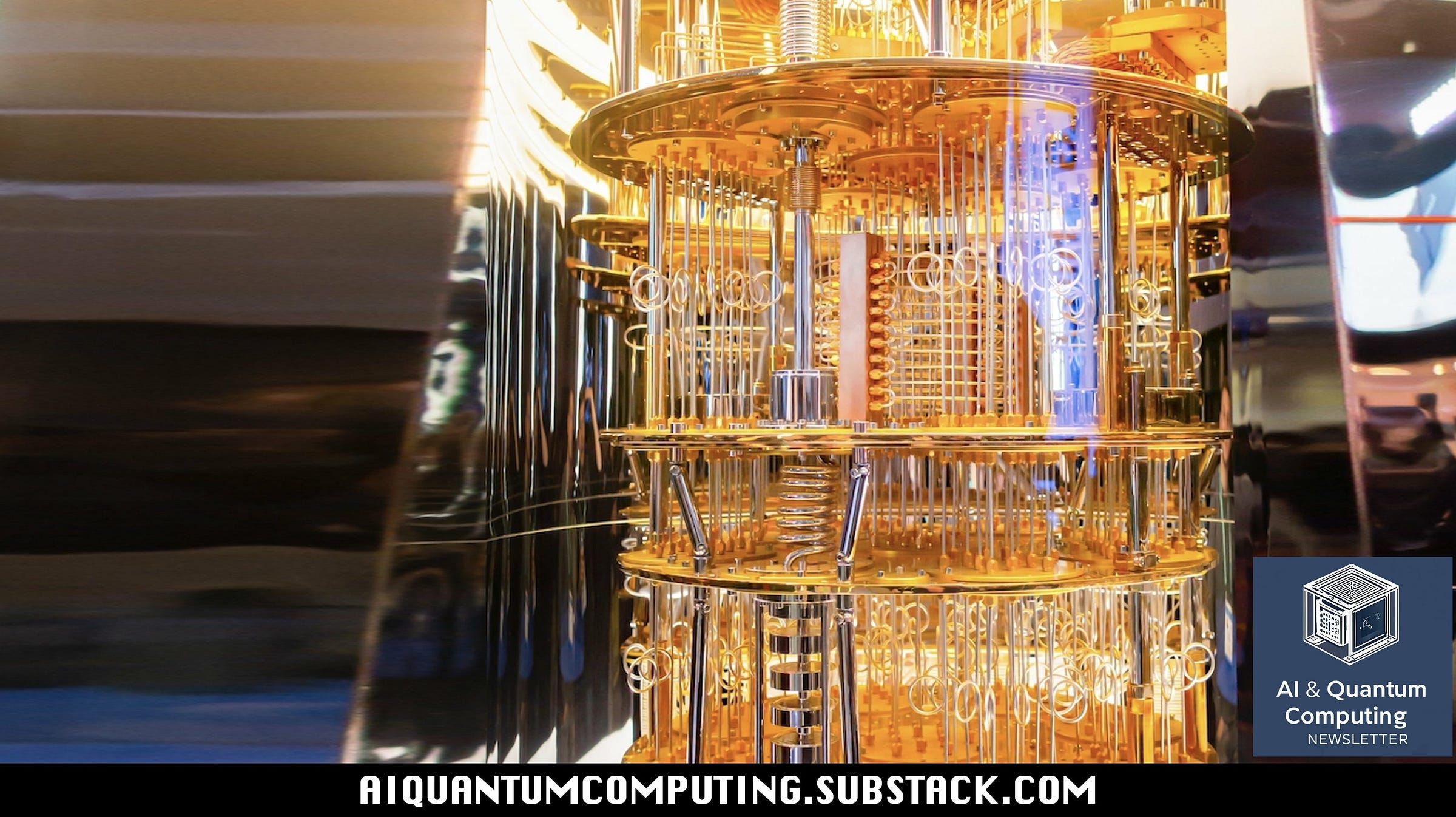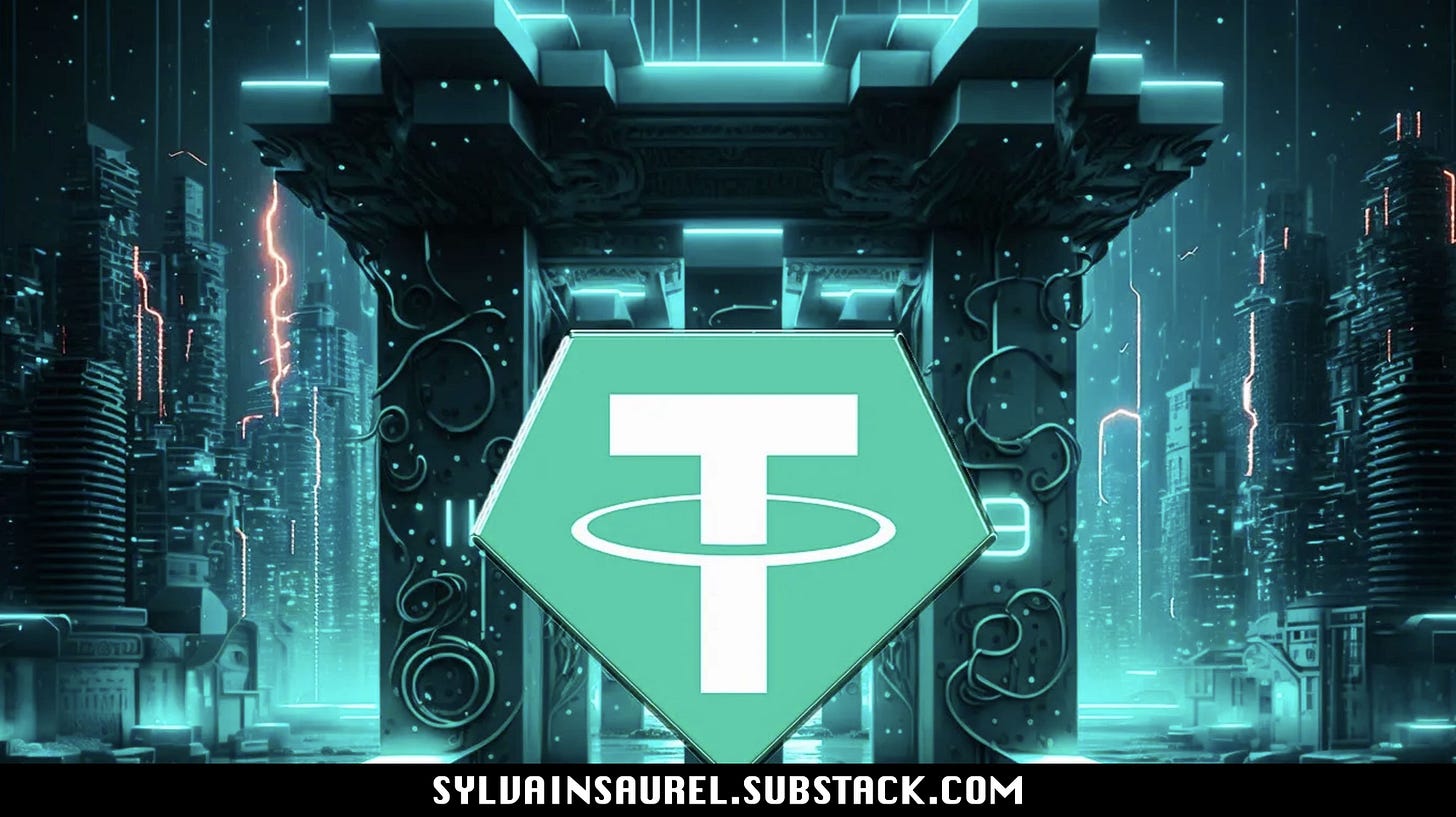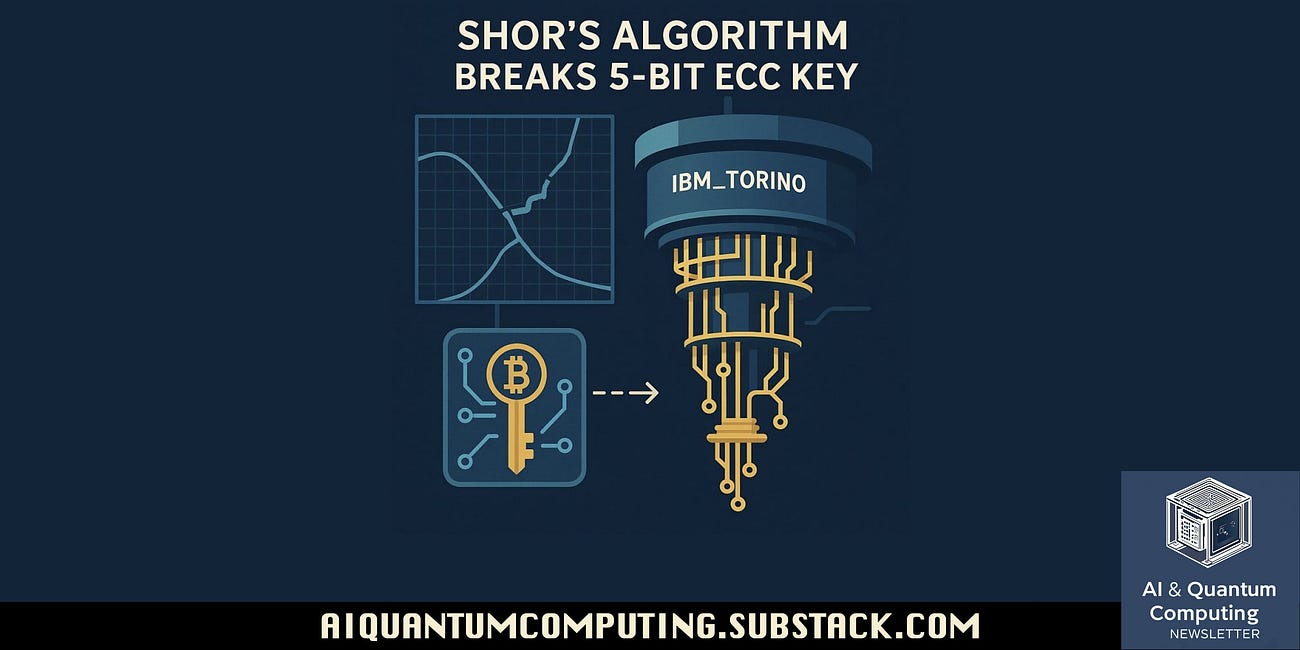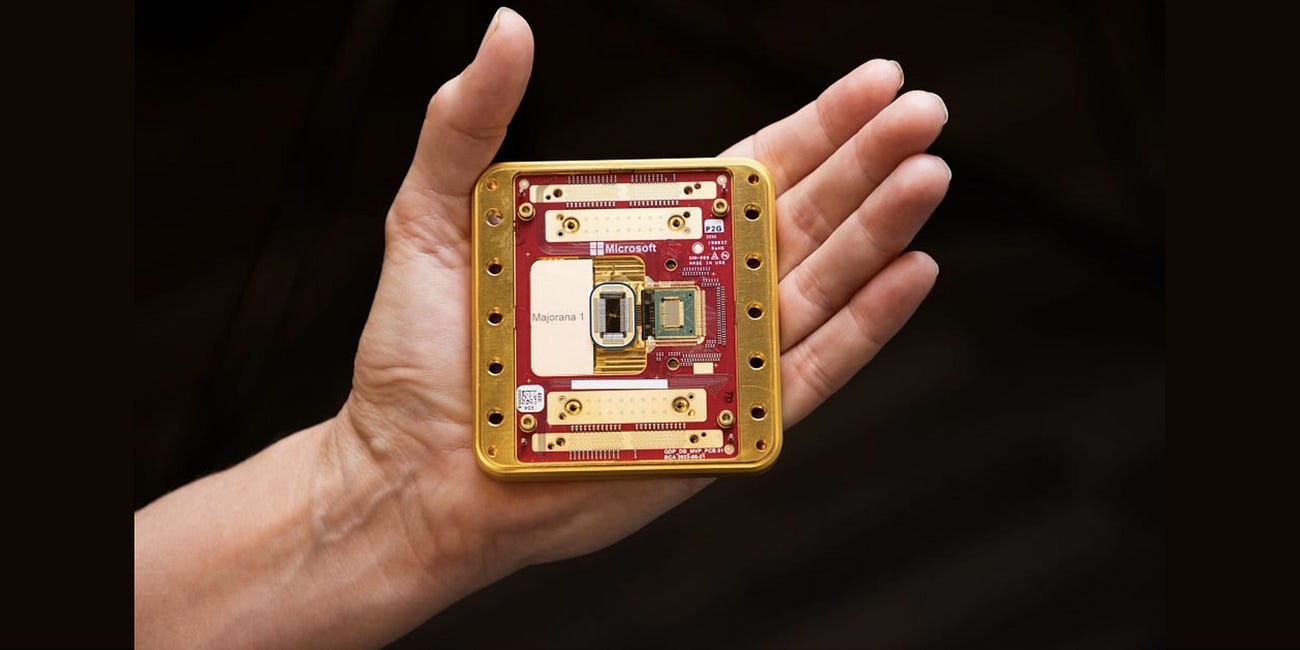The Quantum Gold Rush: 4 Industries Poised to Explode.
The four industries outlined here are simply the first, most obvious territories where the quantum gold rush will mint its first tycoons.
Marseille, France – Here on this bright mid-August morning in 2025, looking out over the shimmering Mediterranean, the world feels firmly rooted in the tangible: the bustling port, the ancient streets, the reliable hum of classical technology that powers our lives. Yet, bubbling just beneath this surface, a new frontier is opening up—a technological gold rush of unprecedented scale and potential. It’s not a rush for precious metals buried in the earth, but for computational power buried in the strange and wonderful laws of quantum mechanics.
For decades, quantum computing was the stuff of academic theory and science fiction. Today, the theory is becoming reality. We are firmly in the Noisy Intermediate-Scale Quantum (NISQ) era. The machines are real, they are growing more powerful by the month, and they are beginning to demonstrate “quantum advantage”—the ability to solve specific, commercially valuable problems that are impossible for even the most powerful supercomputers.
This is the starting pistol for the quantum gold rush. Visionary investors and industry giants are no longer just watching from the sidelines; they are staking their claims, pouring billions into a technological revolution that promises to redefine entire sectors of the global economy. Like the gold rushes of the past, the greatest fortunes will be made not just by those who find the “gold” itself, but by those who understand the terrain and provide the critical tools and infrastructure.
The key is knowing where to look. While the long-term impact of quantum computing will be felt everywhere, four key industries are positioned at the epicenter of this initial explosion. They represent the first commercially fertile grounds where quantum advantage will transform intractable challenges into generational opportunities.
The $13 Billion Heist: How Tether Became Crypto's Shadow Central Bank.
USDT isn't just money. It's a money-making machine.
1. Pharmaceuticals & Life Sciences: The End of Trial-and-Error Medicine
The Motherlode: The ability to design life-saving drugs with atomic precision, slashing development time from a decade to mere months and ushering in an era of truly personalized medicine.
The Challenge: The human body is a quantum system. Every biological process, from how we metabolize food to how a virus attacks a cell, is governed by the quantum interactions between molecules. For this reason, discovering a new drug has historically been a process of brute-force screening and serendipity. Pharmaceutical companies test millions of compounds, hoping to find one that fits a target protein like a key in a lock. It’s a slow, astronomically expensive process with a staggering failure rate.
The Quantum Leap: Quantum computers speak the native language of chemistry. Unlike classical computers that must use crude approximations to model molecular behavior, a quantum computer can create a perfect “digital twin” of a molecule, simulating its every fold, vibration, and interaction with flawless accuracy.
By combining the pattern-recognition abilities of AI with the simulation power of quantum processors, researchers can reverse-engineer the entire process. An AI can identify a disease-causing protein, and then task a quantum computer with the ultimate engineering challenge: “Design a brand-new molecule from scratch that binds perfectly to this target for maximum efficacy and zero side effects.”
The Investment Landscape: This is arguably the most mature area of quantum investment. The potential return is too massive to ignore.
Big Pharma is All-In: Companies like Roche, Pfizer, and Johnson & Johnson have established dedicated quantum research divisions and are forging multi-million-dollar partnerships with quantum computing firms like IBM, Google Quantum AI, and startups such as Zapata AI and Kuano. They are in a race to build the institutional knowledge and proprietary algorithms that will give them an unassailable lead in developing next-generation therapeutics.
The Value Play: The “gold” here is intellectual property. The first company to use a quantum computer to design a blockbuster drug for Alzheimer’s, for example, will not only capture a multi-billion-dollar market but will also fundamentally change the economics of the entire industry. Investors are backing both the quantum software companies creating the simulation platforms and the biotech startups that will be “quantum-native” from day one.
2. Materials Science & Advanced Manufacturing: Building the Future, Atom by Atom
The Motherlode: Designing revolutionary new materials “in silico” (on a computer) that will form the bedrock of the green energy transition, next-generation electronics, and a circular economy.
The Challenge: Humanity’s greatest challenges are, at their core, materials science problems. To fight climate change, we need radically better batteries for electric vehicles and grid storage. We need more efficient catalysts to produce green hydrogen and capture carbon from the atmosphere. We need lighter, stronger composites for more fuel-efficient aircraft. As with drug discovery, designing these materials has been a slow, iterative process of lab-based experimentation.
The Quantum Leap: Quantum AI offers the promise of "materials by design." A quantum computer can precisely simulate the electronic properties of a complex material, allowing scientists to understand and engineer its behavior at the most fundamental level.
The Battery Revolution: Automakers like Volkswagen and Mercedes-Benz are partnering with quantum firms to design new electrolytes for solid-state batteries, which promise to be safer, charge faster, and hold more energy than current lithium-ion technology.
Catalysts for Climate: Chemical giants like BASF are exploring how quantum simulations can help discover new catalysts to make industrial processes, like the production of fertilizer, dramatically more energy-efficient, which could cut global carbon emissions by a measurable percentage.
The Investment Landscape: This sector represents the foundational, “picks and shovels” layer of the coming technological age.
Industrial Giants Lead the Way: The primary investors are large industrial and manufacturing corporations. They are playing a long game, knowing that owning the patent for a room-temperature superconductor or a hyper-efficient battery material is a license to dominate an entire market for decades.
The Circular Economy: Quantum computing will also enable the design of new polymers and plastics that are easily recyclable, or “smart materials” that can repair themselves, creating enormous value in sustainable manufacturing. The investment thesis is simple: the companies that design the foundational materials of the 21st century will own the 21st century.
3. Finance & FinTech: Taming Chaos and Optimizing Trillions
The Motherlode: A clearer, faster, and more profound understanding of financial risk and opportunity, enabling the optimization of trillions of dollars in global assets.
The Challenge: Financial markets are one of the most complex systems ever created. They are a chaotic web of interconnected variables, where accurately pricing assets and modeling risk is a multi-trillion-dollar problem. Even the most sophisticated financial models used today are simplifications of reality, and the speed at which they can run is a limiting factor in a world where milliseconds matter.
The Quantum Leap: Quantum algorithms are perfectly suited to the probabilistic nature of finance. Two key applications are already driving massive investment:
Optimization: Finding the optimal investment portfolio out of thousands of assets with complex correlations is a classic combinatorial problem that overwhelms classical computers. A quantum computer can explore the vast landscape of possibilities to find the true optimal portfolio that maximizes returns for a given level of risk.
Risk Analysis: The industry standard for modeling risk is the Monte Carlo simulation, a brute-force statistical method. Quantum algorithms can perform these simulations quadratically faster, allowing banks to model market shocks and price complex derivatives with a speed and accuracy that is currently impossible.
The Investment Landscape: This is a pure-play “speed and intelligence” arms race.
Wall Street's Quantum Arms Race: Financial institutions like JPMorgan Chase, Goldman Sachs, and Barclays have been among the earliest and most aggressive adopters, building in-house quantum teams and investing heavily in quantum software startups. Their goal is to achieve a “quantum edge”—the ability to see market signals and calculate risk faster and more accurately than their competitors.
FinTech Disruption: The opportunity extends to the FinTech space, where startups are developing quantum-powered platforms for everything from algorithmic trading to credit scoring and fraud detection, threatening to disrupt incumbent players who are too slow to adapt.
4. Cybersecurity: The Unbreakable Shield in a Quantum World
The Motherlode: A mandatory, multi-trillion-dollar global security upgrade to protect the world’s data from the quantum threat.
The Challenge: The security that underpins our entire digital world—from banking and e-commerce to government and military communications—is based on encryption standards like RSA. These standards rely on the fact that it is computationally infeasible for classical computers to factor very large numbers. However, a sufficiently powerful quantum computer running Shor’s algorithm will be able to break this encryption with ease. This isn’t a distant threat; it’s a “harvest now, decrypt later” problem, where adversaries are already capturing encrypted data, waiting for the day they can unlock it.
The Day After Cryptography: How a Quantum Experiment Just Rang the Alarm Bell.
I don't know if you've had time to see this, but a recent news story has shaken the world of cybersecurity with the subtlety of an earthquake. Researchers at Arizona State University, in collaboration with teams from IBM, have just pulled off something incredible: they used Shor's algorithm on a quantum computer to crack an Elliptic Curve Cryptography (…
The Quantum Leap: This threat has created an immediate and urgent market for quantum-proof security solutions. The opportunity is two-fold:
Post-Quantum Cryptography (PQC): This involves creating new, classical encryption algorithms that are resistant to attacks from both classical and quantum computers. The U.S. National Institute of Standards and Technology (NIST) has already standardized the first PQC algorithms, kicking off a massive, global migration cycle.
Quantum Key Distribution (QKD): This is a hardware-based solution that uses the principles of quantum physics to create theoretically unhackable communication channels. Any attempt to eavesdrop on a QKD transmission would disturb its quantum state, immediately alerting the users.
The Investment Landscape: If the other industries are about finding gold, this one is about selling the locks to protect it.
A Non-Optional Market: Every organization that handles sensitive data—which is to say, virtually every organization on the planet—will need to upgrade its cryptographic infrastructure over the next decade. This is not an optional R&D project; it is a mandatory security imperative.
Hotbed for Startups: The field is ripe for investment, with a burgeoning ecosystem of startups specializing in PQC software and QKD hardware. Venture capital is pouring into this space, recognizing that these companies are building the foundational security layer for the entire quantum era.
The Rush Has Just Begun
From our vantage point in mid-2025, the quantum landscape is a thrilling mix of tangible progress and boundless potential. The four industries outlined above are simply the first, most obvious territories where the quantum gold rush will mint its first tycoons. The revolution they start will cascade outwards, transforming everything from weather forecasting and logistics to artificial intelligence itself.
The greatest fortunes will be made by those who can look past the hype, understand the fundamental problems being solved, and recognize that we are at the very beginning of a new technological age. The map is being drawn, the claims are being staked, and for those with the vision to see it, the quantum frontier is wide open.
Bitcoin Facing the Quantum Apocalypse: Survival or Collapse?
Here’s an Overview of the Solutions Being Considered.
With Its Majorana 1 Quantum Chip, Microsoft Is Taking Quantum Computing a Giant Step Forward.
The whole world is currently focused on Donald Trump and his upcoming announcements. With each passing day, Donald Trump takes over the media spotlight. Whatever the field, it seems that Donald Trump wants to be the center of attention. This can be seen in the geopolitical arena, with the exchanges he has begun with Vladimir Putin over the war in Ukrain…
Stablecoins: The End of SWIFT?
The quiet revolution in international payments is underway.







Imagine how many BTC a machine like this can mine per hour. ! 😎